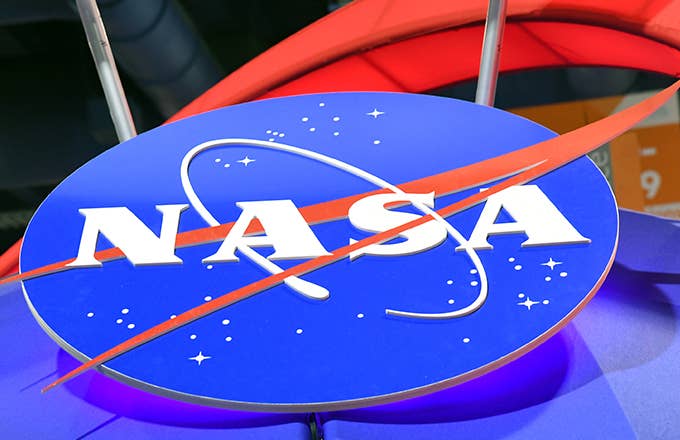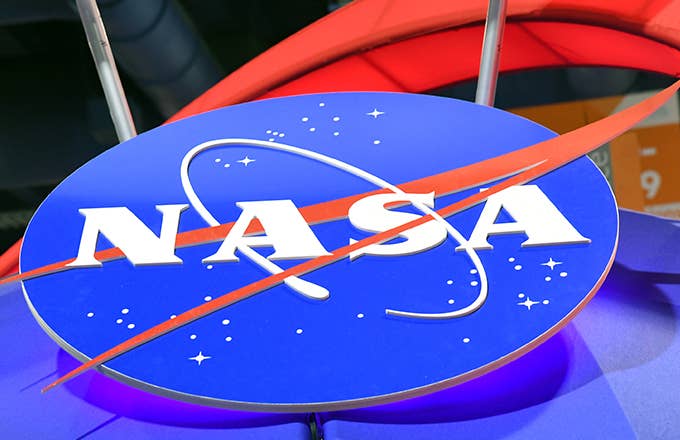
Seventeen-year-old Wolf Cukier made history on his third day as a NASA intern. The teen was assigned to examine the variation in the brightness of stars captured by NASA's Transiting Exoplanet Survey Satellite (TESS) in the Goddard Space Flight Center. He ended up discovering a planet during the assignment. This happened last summer, but NASA only announced the achievement this week after his findings were confirmed.
"I was looking through the data for everything the volunteers had flagged as an eclipsing binary, a system where two stars circle around each other, and from our view eclipse each other every orbit," Cukier told NASA. "About three days into my internship, I saw a signal from a system called TOI 1338. At first I thought it was a stellar eclipse, but the timing was wrong. It turned out to be a planet."
Cukier noticed a dip from the TOI 1338 system, and when he looked into the full data from the telescope, his mentor noticed "three different dips in the system." NASA has estimated that the planet, TOI 1338 b, is 6.9 times larger than Earth, placing it somewhere between the size of Neptune and Saturn. It's located in the constellation Pictor, which is approximately 13,000 light years away from Earth.
TOI 1338 b is the first planet discovered by the TESS system that is a circumbinary planet—a body that orbits two stars. One of the stars is around 10 percent larger than the Sun. Cukier compared the planet to that of Star Wars in an interview with News 12.
"If you think to Luke’s homeworld, Tatooine, from Star Wars, it’s like that. Every sunset, there’s gonna be two stars setting," he said.
NASA added that circumbinary planets aren't the easiest to detect, as software can often confuse them with eclipses.
"These are the types of signals that algorithms really struggle with," NASA research scientist Veselin Kostov explained. "The human eye is extremely good at finding patterns in data, especially non-periodic patterns like those we see in transits from these systems."
Watch how the planet was discovered above.

